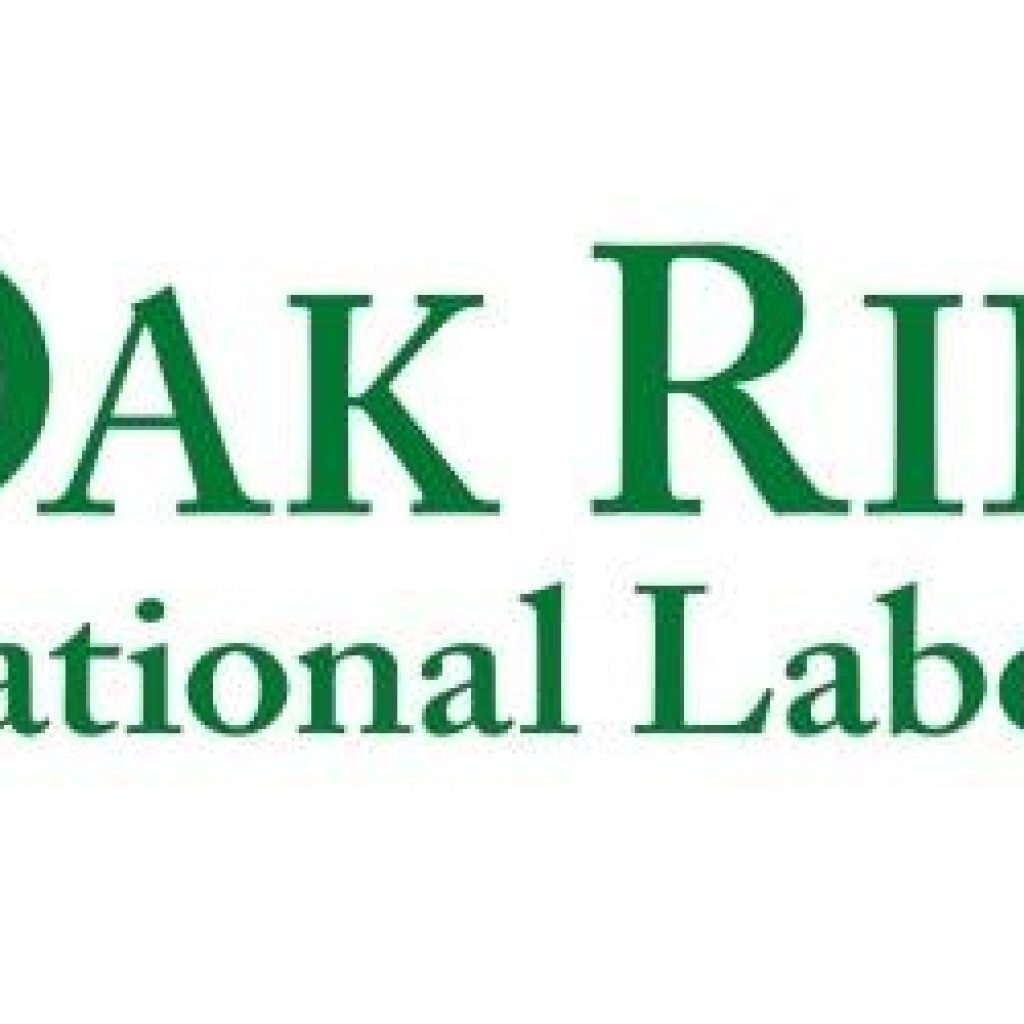(NewsWise) Researchers at the Department of Energy’s Oak Ridge National Laboratory used quantum optics to advance state-of-the-art microscopy and illuminate a path to detecting material properties with greater sensitivity than is possible with traditional tools.
“We showed how to use squeezed light – a workhorse of quantum information science – as a practical resource for microscopy,” said Ben Lawrie of ORNL’s Materials Science and Technology Division, who led the research with Raphael Pooser of ORNL’s Computational Sciences and Engineering Division. “We measured the displacement of an atomic force microscope microcantilever with sensitivity better than the standard quantum limit.”
Unlike today’s classical microscopes, Pooser and Lawrie’s quantum microscope requires quantum theory to describe its sensitivity. The nonlinear amplifiers in ORNL’s microscope generate a special quantum light source known as squeezed light.
“Imagine a blurry picture,” Pooser said. “It’s noisy and some fine details are hidden. Classical, noisy light prevents you from seeing those details. A ‘squeezed’ version is less blurry and reveals fine details that we couldn’t see before because of the noise.” He added, “We can use a squeezed light source instead of a laser to reduce the noise in our sensor readout.”
ORNL Researchers Use Quantum Light to Squeeze the Noise Out of Microscopy Signals
